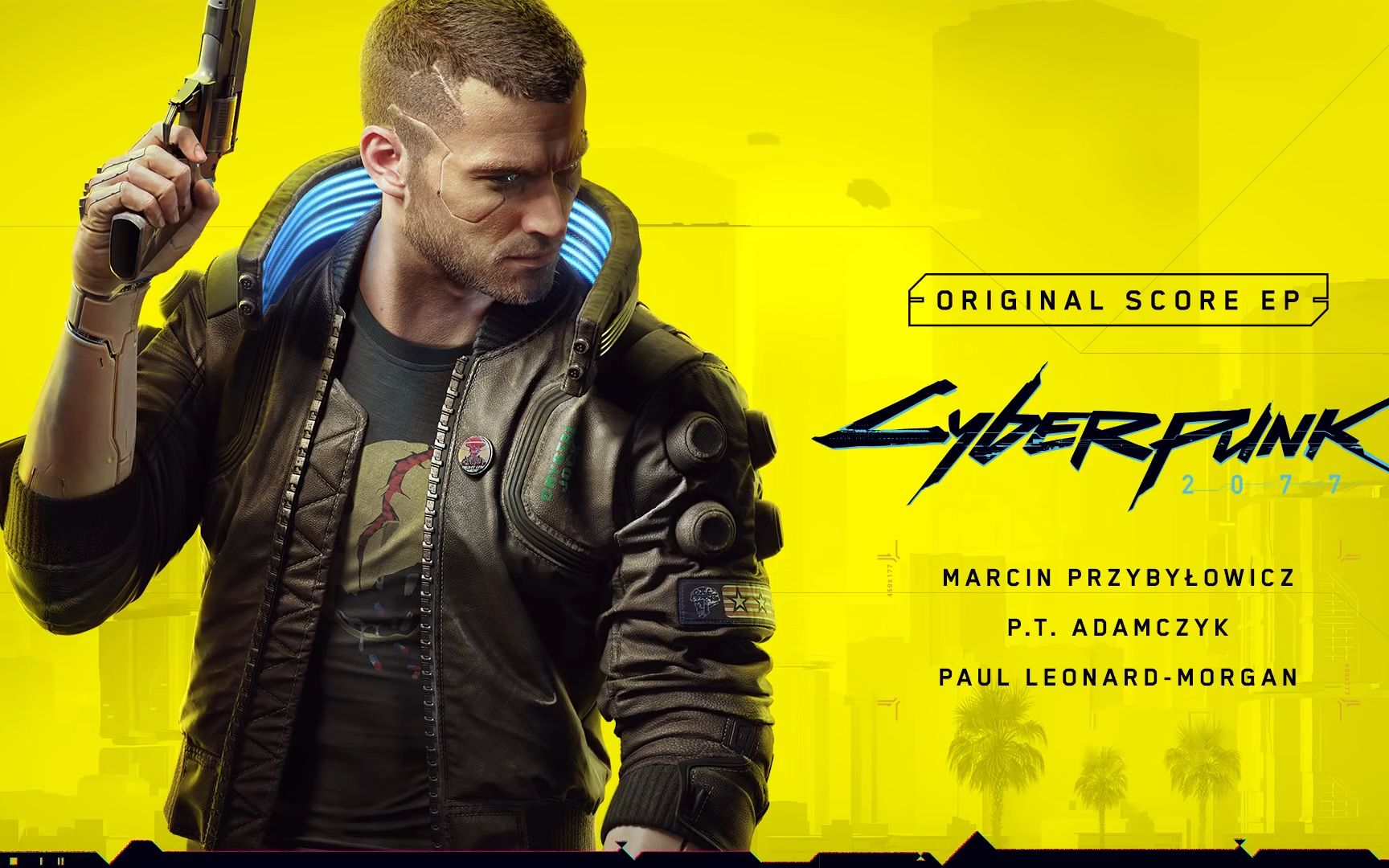The frantic chatter of gunfire, the guttural roar of a Tank, the desperate cry of “Pills here!”—these are the sounds that define a legacy. Left 4 Dead 2, released by Valve in 2009 into a storm of controversy and anticipation, did not merely present a cooperative shooter; it presented a scoreboard. This seemingly simple metric, a number ticking upward with every Smoker strangled and every Witch avoided, became the silent, beating heart of a game that has, against all odds, endured for over a decade. The L4D2 score is more than a points tally; it is the quantifiable soul of a co-op horror masterpiece, a system that perfectly encapsulates its philosophy of tense teamwork, emergent storytelling, and relentless, rewarding challenge.
At its core, the scoring system is a direct translation of survival into mathematics. Points are awarded for the most fundamental acts of perseverance: killing infected, aiding teammates, and completing campaigns. Yet, this basic framework is elevated into a sophisticated language of risk versus reward. The special infected are not just threats; they are high-value targets. A Hunter pouncing on a teammate is no longer just a crisis; it’s an opportunity for a dramatic “Save” bonus. The terrifying Charger, a new addition to the sequel, becomes a lucrative prize if its rampage is cut short by a well-placed shotgun blast. This system actively encourages aggression and precision, pushing players beyond a passive, defensive playstyle. To score well is to control the chaos, to meet the horde’s aggression with calculated, coordinated violence.
This is where the score transcends mere numbers and becomes the ultimate arbiter of teamwork. A high score is impossible to achieve alone. The game meticulously tracks and rewards cooperative behavior. Healing a teammate, defibrillating a fallen comrade, sharing pain pills or a medkit—each act is a brick in the foundation of a successful run. The “Savior” bonus, in particular, is a powerful incentive to keep the team intact. It creates moments of pure heroism, where a player might dive into a horde to shove a Hunter off a friend, not just for the sake of survival, but for that satisfying +25 point chime that acknowledges the sacrifice. The scoreboard at the finale of a campaign tells a story far richer than “who killed the most.” It reveals the medic who kept everyone on their feet, the sharpshooter who prioritized specials, and the support player who was always there with a molotov or a well-timed shove. It validates every role essential to the team’s success.
Furthermore, the scoring system is the engine that drives the game’s legendary AI Director, the unseen puppet master of the apocalypse. The Director doesn’t just spawn enemies; it curates an experience based on player performance. While not directly tied to the visible score, the Director’s actions are a response to the same metrics: player health, coordination, and pace. A team cruising through a level with high health and efficient kills will be rewarded—or punished—with a more intense experience. The score is the players’ output; the Director’s response is the input. This creates a dynamic, non-linear rhythm to every playthrough. One run might be a smooth, high-scoring march, while the next, on the same map, becomes a brutal, score-sapping fight for survival against back-to-back Tanks and constant acid rain. The pursuit of a high score is thus a dance with the Director, a test of adaptability and resilience against an intelligent and unpredictable foe.
The true testament to the system’s brilliance, however, is its role in the game’s enduring lifespan, particularly within its dedicated speedrunning and expert communities. Here, the score is everything. It is the objective. Players have spent years honing strategies to maximize efficiency, developing intricate routes through the swamps of “Swamp Fever” or the alleys of “Hard Rain” to shave off seconds and maximize points. They manipulate the Director’s spawns, optimize weapon loadouts for DPS, and execute perfectly timed jumps and shoves to maintain momentum. The scoring system provides a clear, universally understood metric for excellence. A world record speedrun or a nightmare-ish “Realism Expert” completion is validated by a final number, a definitive proof of mastery over the game’s brutal challenges. It transforms the game from a narrative experience into a sport, with its own rules, strategies, and legends.
Compared to modern co-op titles, Left 4 Dead 2’s scoring stands out for its elegant simplicity and its unwavering focus on the team as a single unit. Many contemporary games feature elaborate progression systems with individual player levels, unlockable perks, and personalized loadouts. While rewarding in their own right, these systems can sometimes incentivize individualistic play—a player might focus on their own challenges or kills rather than the team’s immediate survival. L4D2’s score is stark, immediate, and collective. There is no progression, no unlocking. The only reward for a high score is the intrinsic satisfaction of a game well-played and the extrinsic glory of seeing your team’s name atop the leaderboards. It is a pure, uncorrupted measure of skill and synergy in the moment.
In conclusion, the score in Left 4 Dead 2 is far from an afterthought. It is the linchpin of its design, a elegant mechanism that codifies the game’s core tenets into a compelling, competitive pursuit. It is the silent coach urging players to work together, the judge rating their performance against the Director’s cruel examination, and the historian recording their deeds for posterity on the campaign leaderboards. Long after the credits rolled on its five campaigns, the quest for a higher score, a cleaner run, and a place on that board has fueled a community and preserved a legacy. The score is the eternal echo of that first cry of “Left 4 Dead!”, a number that proves that against the endless horde, cooperation is not just a strategy—it is the only currency that truly matters.















